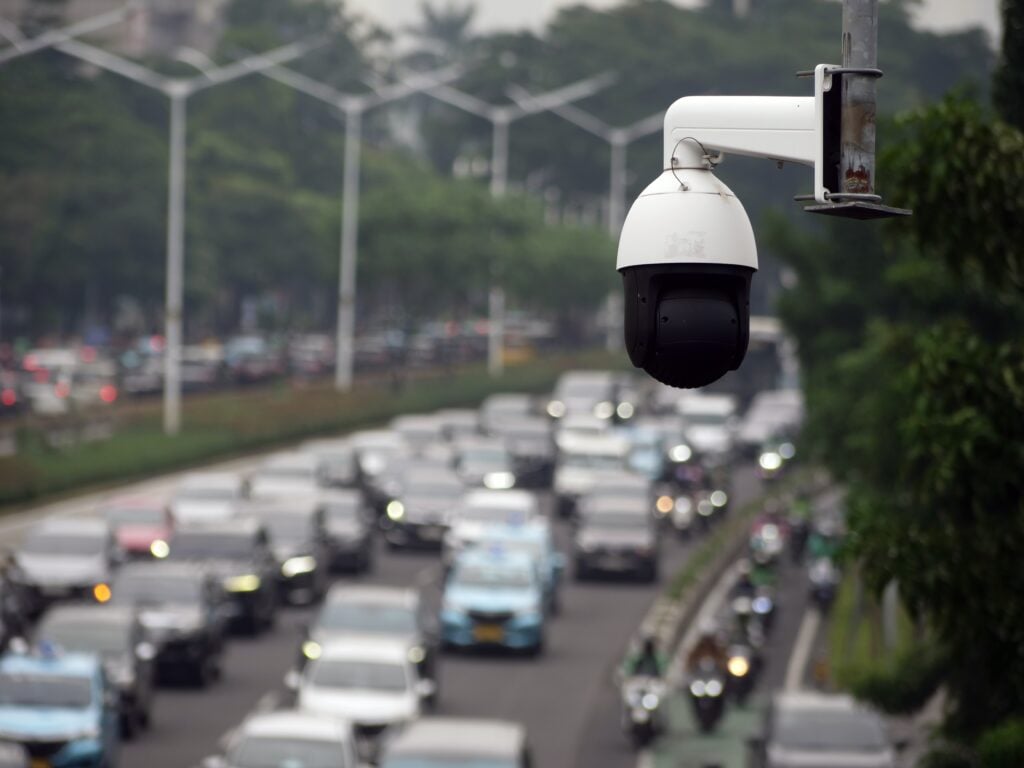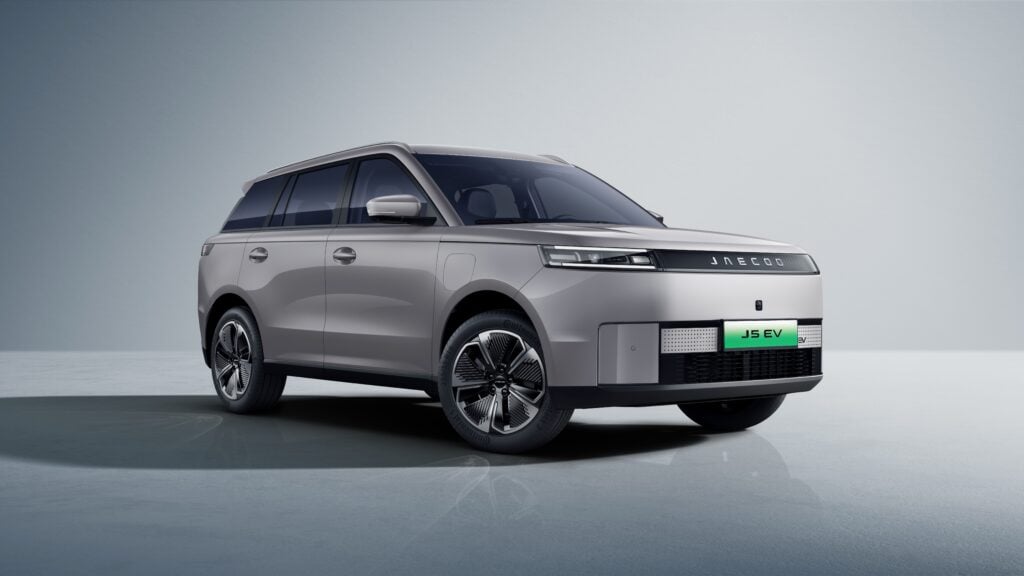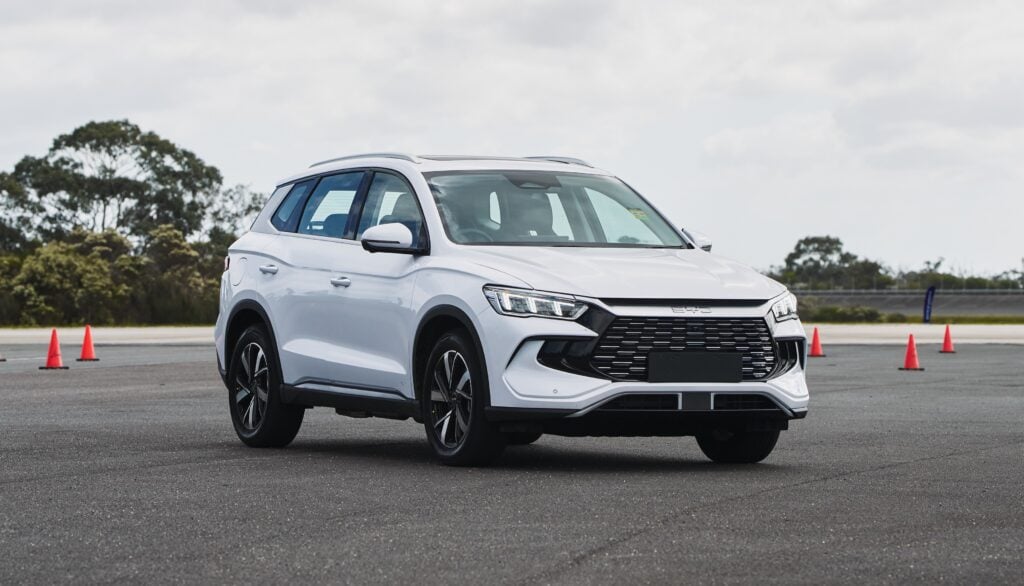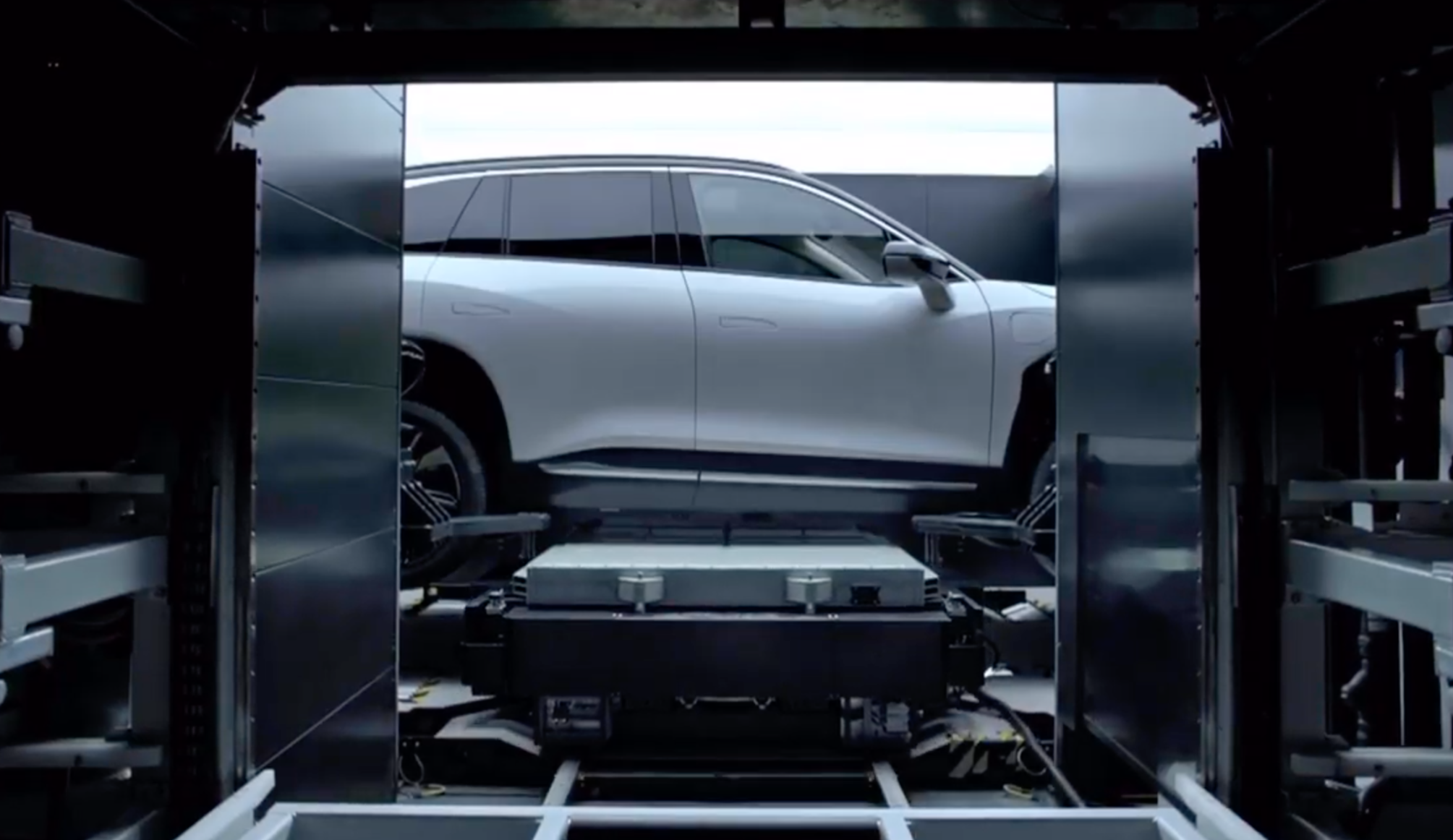
Imagine an electric vehicle that can go from zero range to 500km in just three minutes – without even asking you to unbuckle your seatbelt.
It sounds like something from 2050, but it’s here right now. In China, upstart electric vehicle (EV) manufacturer Nio has installed more than 700 battery ‘swap stations’ for its budding range of new electric models, and has performed more than four million battery exchanges since 2017. In the next three years, it hopes to have 3000 such stations in China, and 1000 more overseas – including, potentially, Australia.
The technology is as simple as it sounds. Nio – launched in 2014 by Chinese tech billionaire William Li, dubbed the ‘Elon Musk of China’, and pumped full of Chinese government cash – can sell you its flagship model, the ES8 SUV, without a battery.
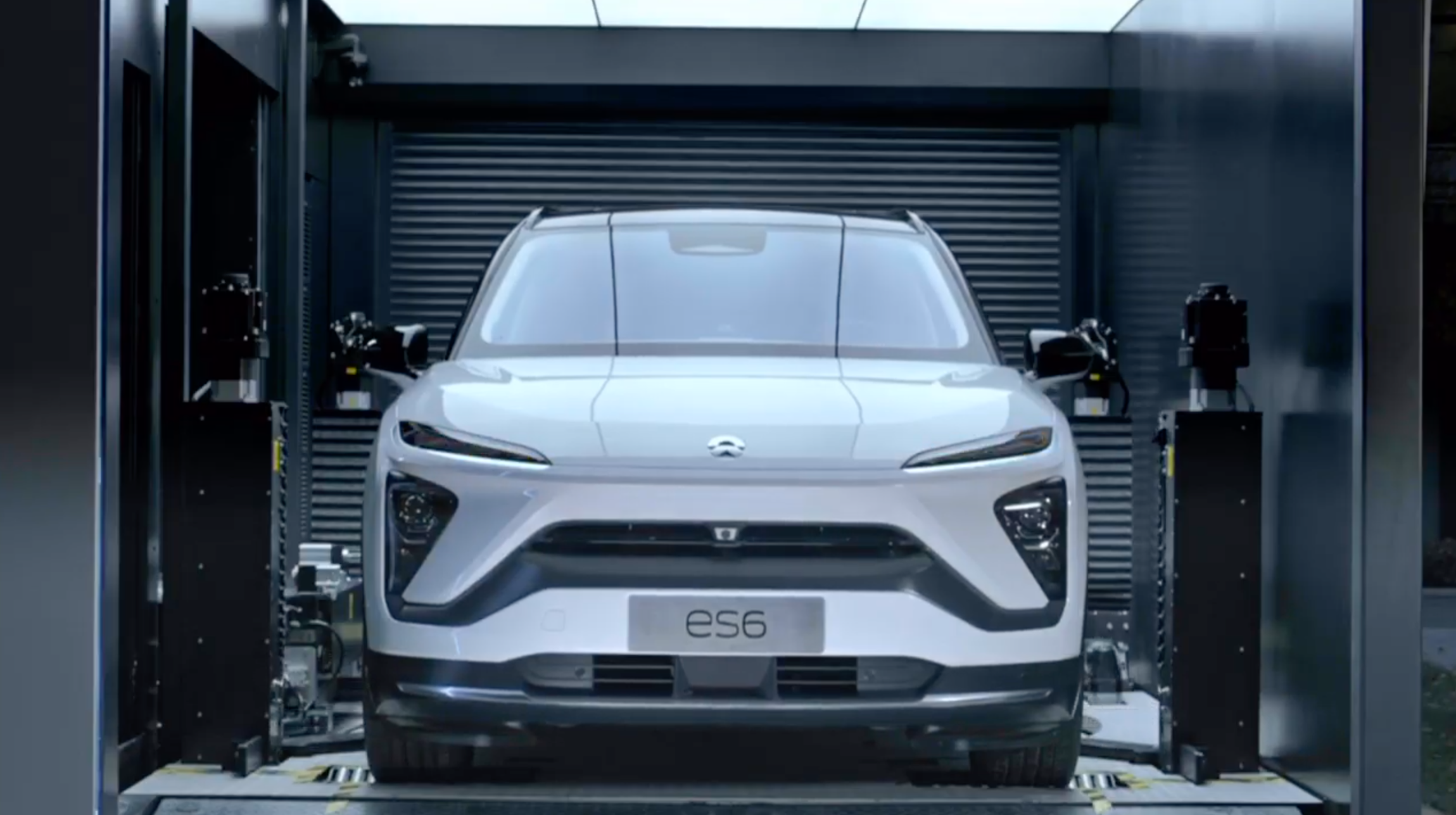
With lithium-ion battery packs typically being the single most expensive component of an EV, this can wipe up to $25,000 off the vehicle’s as-new purchase price. Nio then sells you a ‘subscription’ to what it calls its Battery-as-a-Service (BaaS), for around $250 a month, granting as many swaps as you need.
While it’s focused its efforts so far on its home Chinese market, Nio, still a relatively tiny player, producing just 100,000 units a year, last year opened its first hipster-esque, cafe showroom in a high-class shopping strip in central Oslo, Norway.
Nio hopes to use oil-rich Norway – where generous incentives pushed EV sales to 65 percent of its roughly 175,000 new vehicle market in 2021 – as a proxy for European expansion before possibly Australia and, ultimately, trying its hand against Tesla in the US.
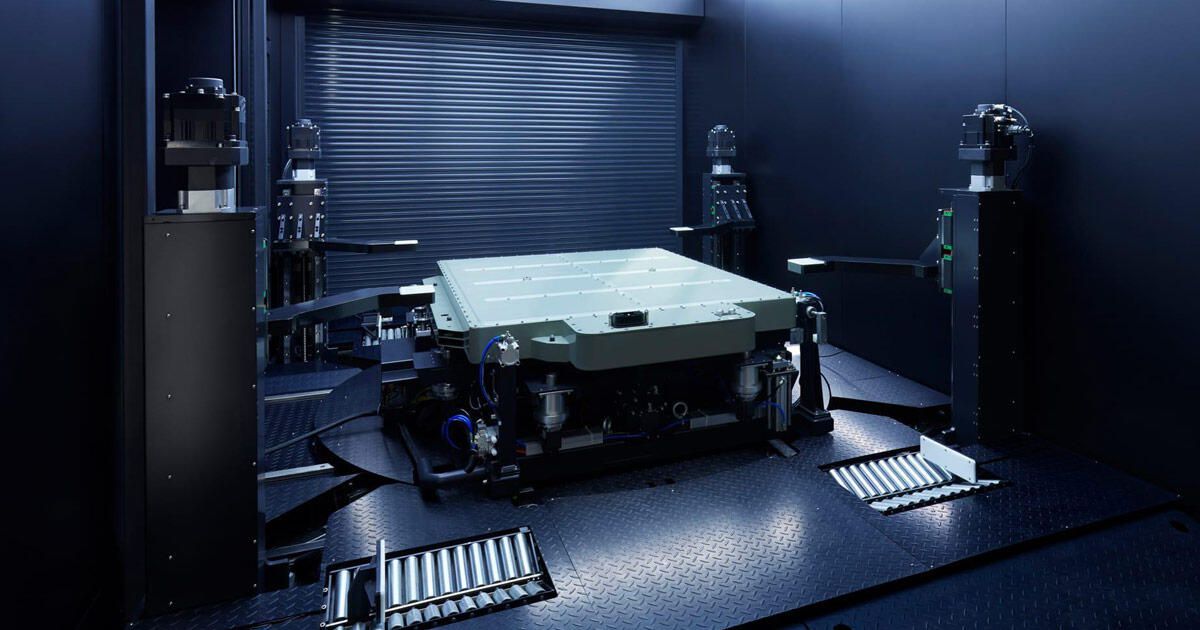
In what is something of a philosophical challenge to Tesla’s Supercharger network, Nio’s battery swaps take place at a demountable, fully self-contained ‘swap station’, a structure about the size of a large double garage. Like driving into an automatic car wash, computers do all the work as you simply relax in the car.
Battery swapping has several key advantages. For starters, you can switch between smaller, lighter battery packs and bigger, heavier ones with just the tap of an app. Nio offers its ES8 with either 75kWh or 100kWh packs, offering 375km and 500km WLTP range respectively. Driving around the city? Save weight and get about with a 75kWh pack. Weekend away? Go get the 100kWh fitted just to be safe.
If you just want to plug your car in like a normal EV, Nio can sell you your ES8 with a battery at full price and offer all the usual at-home recharging options. In China, Nio has an established plug-in charging network.

But by making the battery someone else’s problem, even as your car ages you’re guaranteed to be using the most cutting-edge technology available, guarding against obsolescence and helping protect resale values (in theory).
Nio says it’s working on a 150kWh solid-state battery pack with up to 750km range, which will be able to be swapped into older models when available. In future, battery packs could also be much lighter.
As well as extending the possible useable life of an electric vehicle – you never have to worry about battery degradation over time, or outright failure – battery swapping might make recycling easier and therefore more commercially viable, too. In Australia, only two percent of our annual 3300 tonnes of lithium-ion battery waste is recycled, a problem growing fast.
Battery swapping, however, might turn out more of a bridging solution as battery technology itself continues its rapid advance – and plug-in charging infrastructures expand and mature.
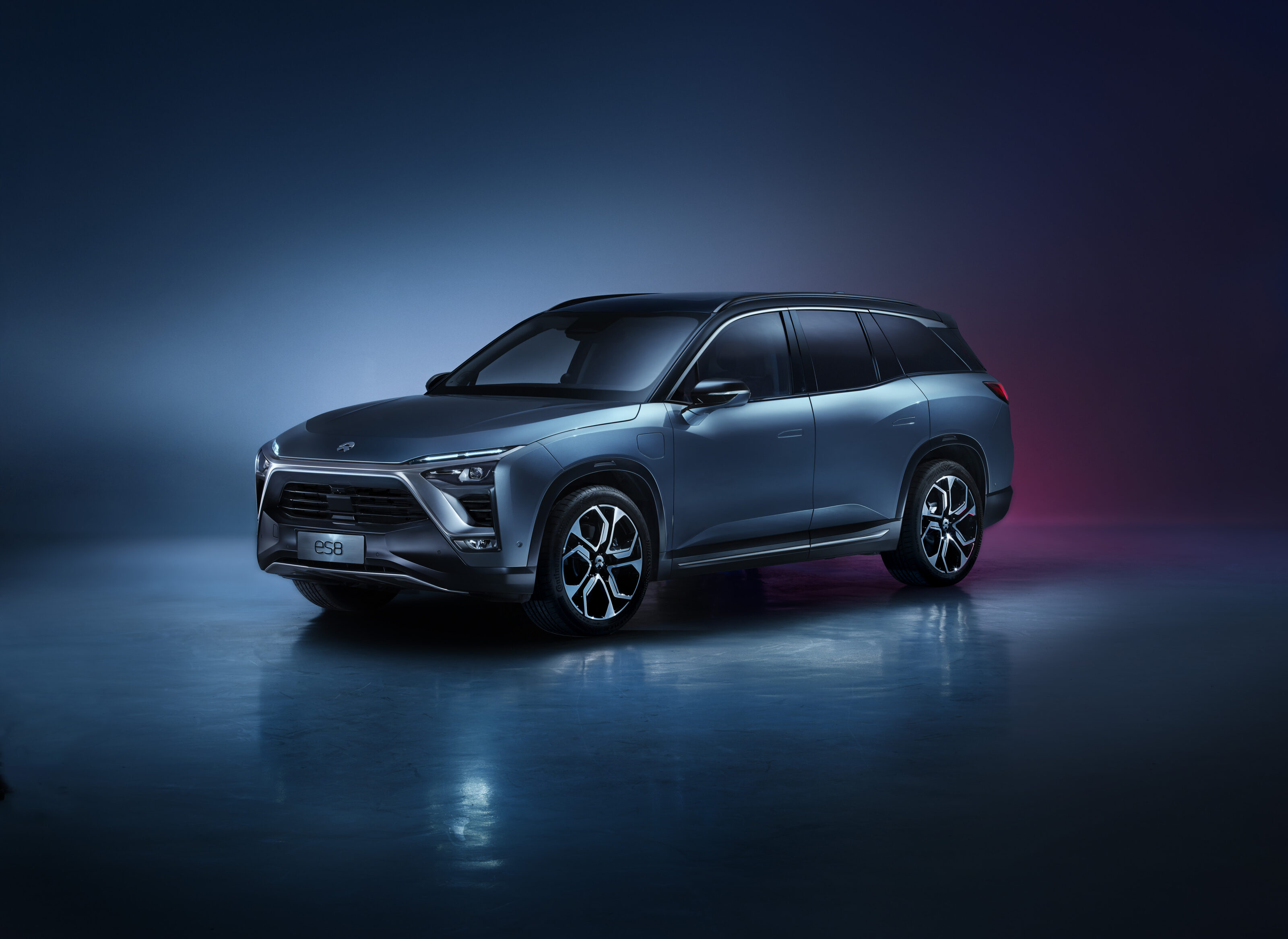
Future 800- and 900-volt systems could recharge at a pace we can’t currently imagine; but also Tesla – which investigated battery swapping early on, only to dump the idea – continues to bet heavily on the plug-in model, with future vehicles using structural battery packs, improving packaging and reducing weight.
Battery swapping has also failed in the past. In 2007, start-up Better Place partnered with Renault to offer a robotic battery swapping service with stations spread across Israel and Denmark. In 2013 it filed for bankruptcy.
It may have been ahead of its time, but also the daily distance travelled by the typical Israeli and Danish motorist is quite short, a potential lesson for Nio as it sizes up the European market. Plug-in recharging infrastructure is also now well-established in Europe.
The opposite of both those things is true in Australia, at least for now. Nio mimics Tesla’s early days in burning through vast reserves of cash while chasing a first profit, but hints that it could be here by 2025 with a couple of attractive EV SUVs. Vehicles so high-tech they make petrol look like the new steam – and along with a ‘swap station’ in your local Coles carpark.
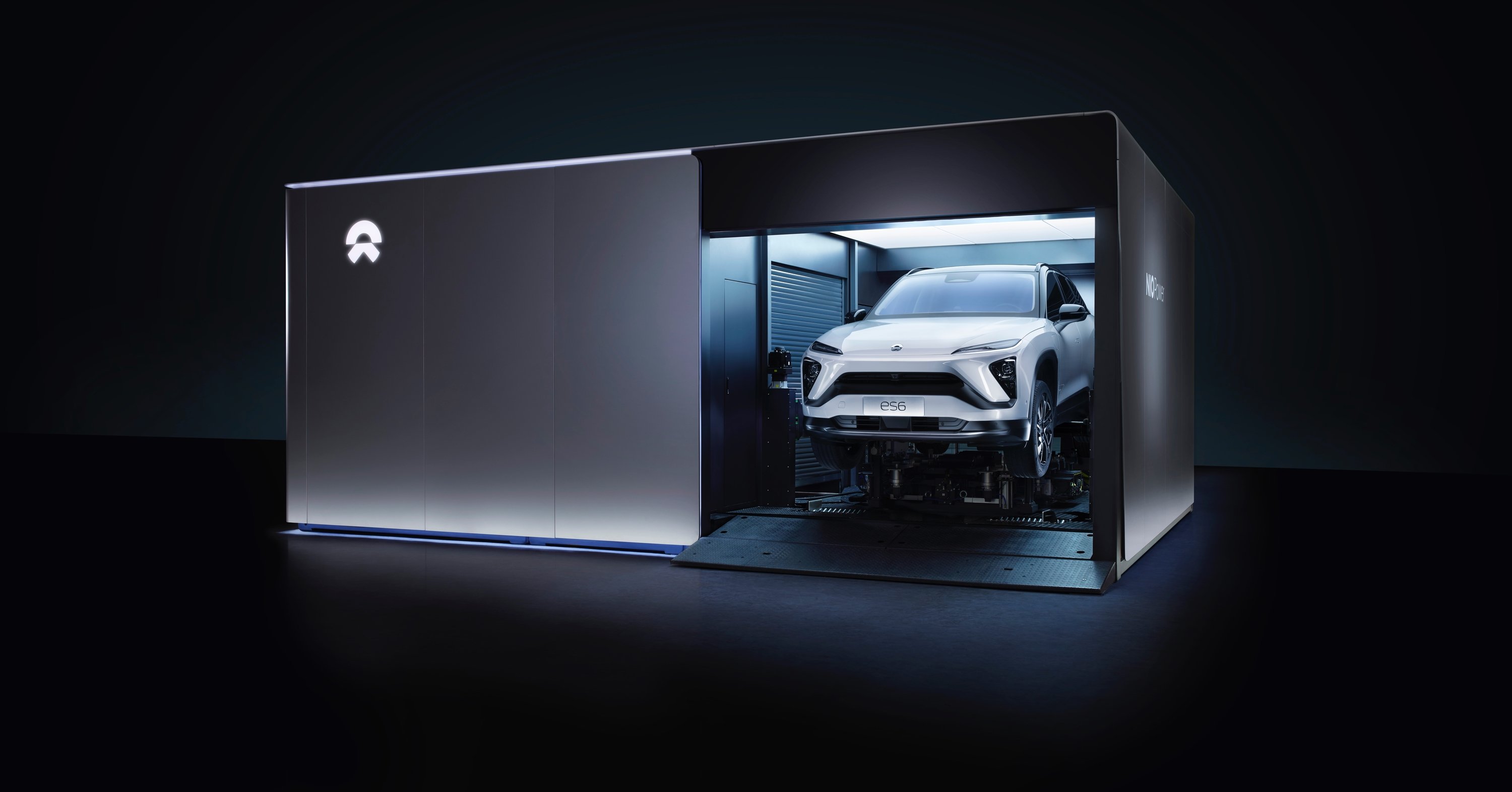
01
Your Nio automatically reverses on to rollers. Small actuators nudge against the base of the tyres, perfectly positioning the car horizontally. It’s all computer controlled, with 239 sensors at work.
02
The car is automatically hoisted, a laser-guided robot unscrews the depleted battery pack, lowers it, then swaps in a freshie in reverse order. The whole process takes three minutes.
03
The depleted battery enters a stack to be recharged. Each station contains 14 battery packs. An app tells drivers what battery pack sizes are at a station, and how many are ready to go.
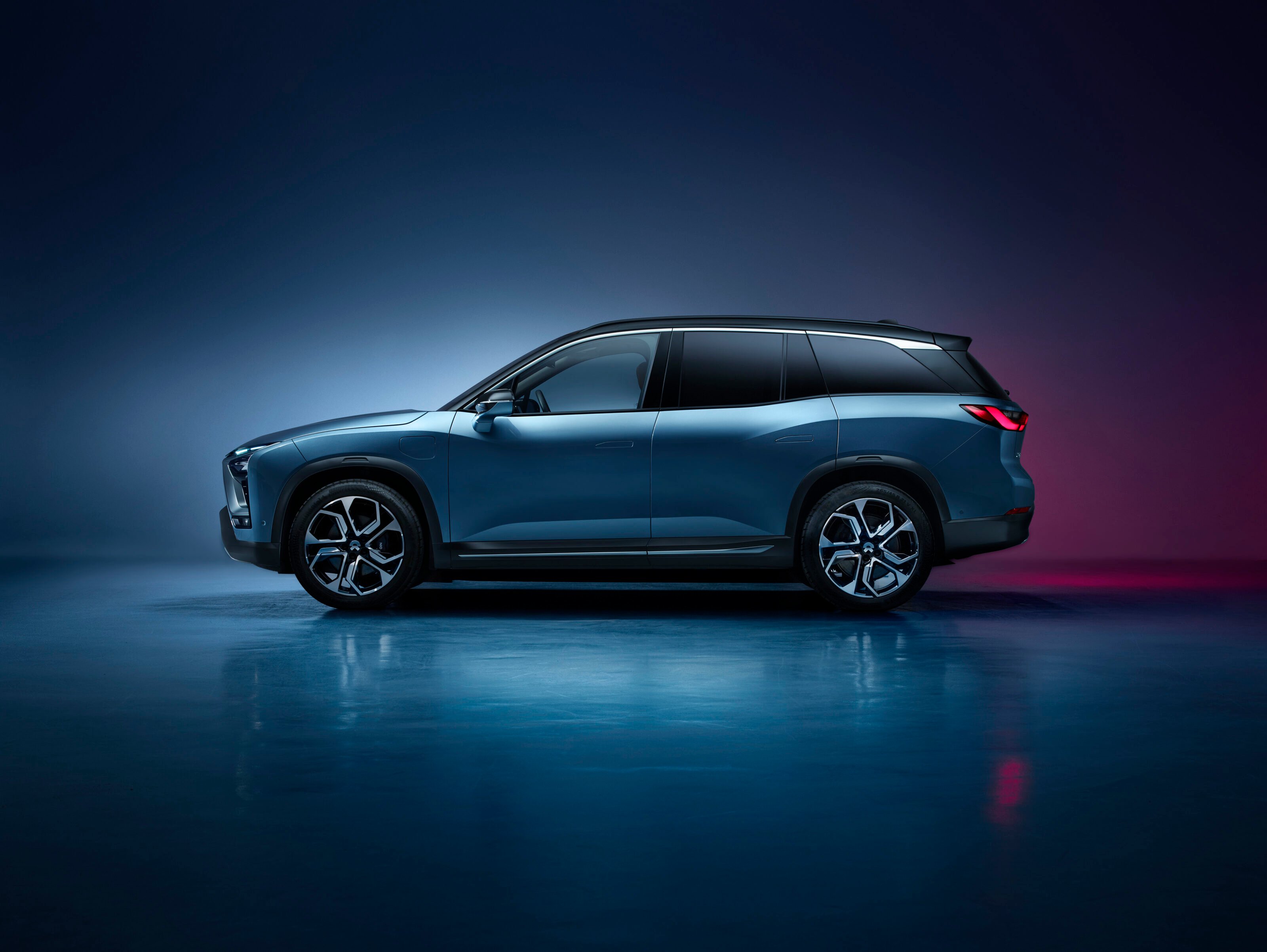
04
Each station can complete 312 swaps per day. In China, battery swapping is free for new Nios; second-hand Nio owners pay a kWh rate. But even then, a swap – and 400-odd kilometres of range – is around A$15-$20.
Meet the Nio ES8
If you ignore its low-slung, EP9 electric supercar that blitzed records at the Nurburging out of nowhere in 2017 (remember that?), the Nio line-up comprises three SUVs: the mid-size EC6 and ES6 and the flagship, full-size ES8. The ES8 is a smart-looking, aluminium-rich EV seating six or seven and powered by two electric motors with claimed outputs of 400kW and 725Nm, and 0-100km/h potential of 4.9sec.
There’s also Brembo brakes and air suspension, and some of the most cutting-edge autonomous driving tech on the market today. In Norway, the ES8 costs about $82K without a battery, $96K with a 75kWh battery pack or $107K with 100kWh. In Australia it would cost an estimated 25 percent more.
We recommend
-
 News
NewsNio reveals 1000km-range ET5
Chinese electric carmaker to rival Tesla Model 3 with its new 1000km-range EV
-
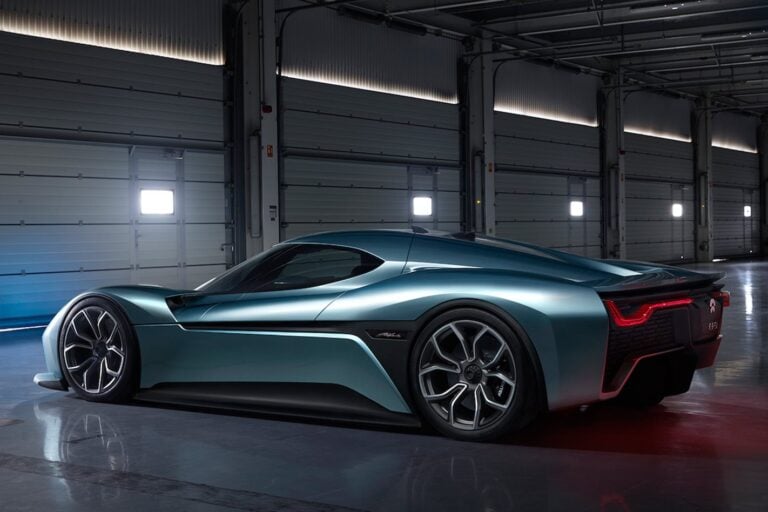 News
NewsNio EP9 is world’s fastest electric vehicle
1000kW/1480Nm Chinese electric supercar shocks with Nurburgring record
-
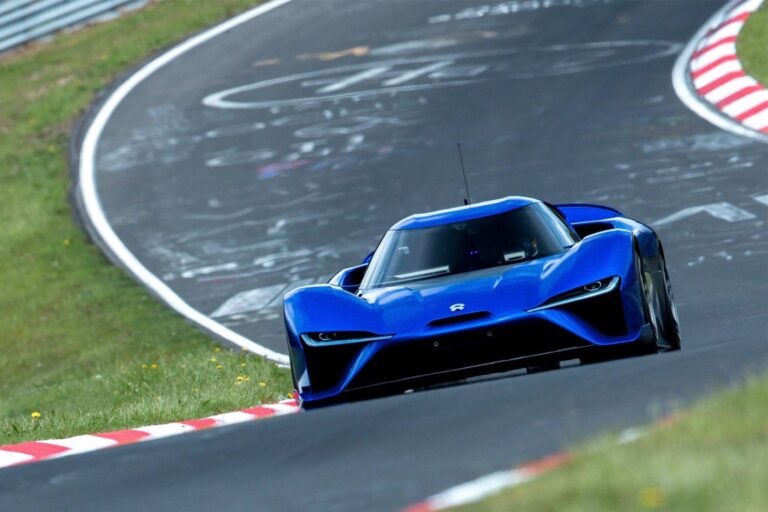 News
NewsNio EP9 sets new Nurburgring lap record
Chinese electric car manufacturer now holds production car lap record of 6:45.9

